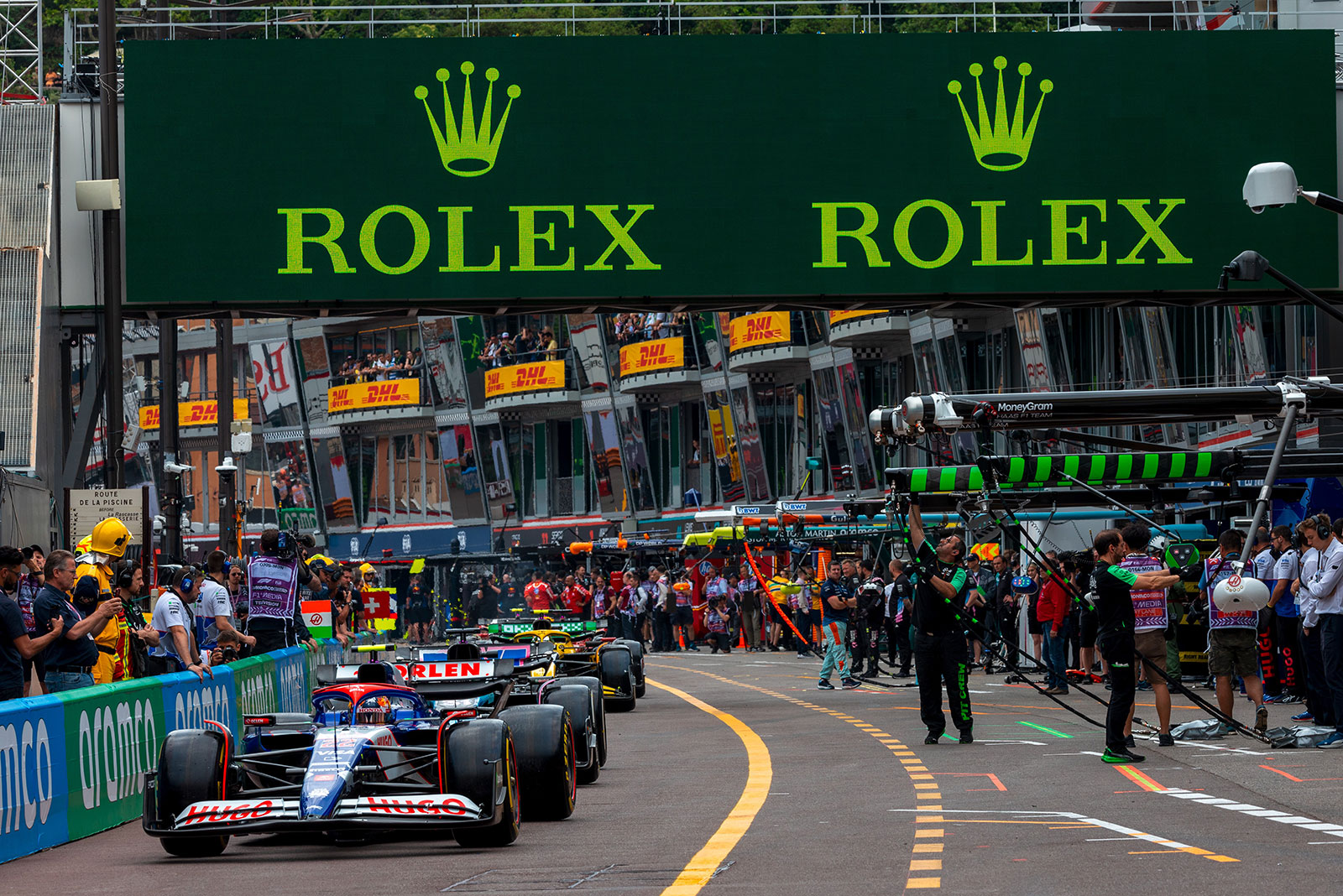Editorial: LVMH and Rolex Vying for Formula 1
The all-important context behind the potential deal.
Rumours started earlier this month that Rolex had “lost” its prime status as official timekeeper for Formula 1 to TAG Heuer. That, as it turns out, is not true – yet.
According to a senior LVMH executive speaking off the record, a deal between F1 and the French luxury group – and not just one of its constituent brands – is close but not yet a done deal. This was also echoed by Jean-Jacques Guiony, LVMH chief financial officer, during a conference call with analysts to present the group’s second quarter financial results. In fact, any announcement of LVMH closing the deal will likely come after the Paris 2024 Olympics that counts LVMH as one of its lead sponsors.
The situation is more than just Rolex “losing” the sponsorship to TAG Heuer. It’s not about the financial resources of Rolex, which for all intents and purposes are limitless, but about the breadth and depth of the LVMH portfolio, as well as Rolex’s growing emphasis on conservation as a key part of its brand.
Three elements are crucial in understanding the sponsorship deal with F1, which is enjoying a revival in popularity with its hit Netflix series Formula 1: Drive to Survive and new race locations like the Miami Grand Prix. The first is the matching clause that is common in such deals and will inevitably be part of the F1 sponsorship contract. This gives Rolex a matching right – it has the right to match a competing offer for the same sponsorship. In other words, if Rolex wanted to, it can retain sponsorship rights.
A Daytona clock at the 2024 Japanese Grand Prix. Image – Rolex
That leads to the next factor: can Rolex afford to? For the purposes of an F1 sponsorship, the answer is clearly a yes. Rolex annual revenue is about CHF10 billion, while LVMH is about eight times as large at €80 billion a year.
Despite that disparity, the scale of an F1 timekeeping sponsorship deal is in the tens of millions, or perhaps low-hundred millions. That is affordable for Rolex, which bought a brand-new Bombardier Global 7500, which costs about US$75 million, for its chief executive in 2020.
If Rolex does indeed give up its F1 deal, it might well be because of branding reasons, most notably the brand’s support for conservation and sustainability, exemplified by its Perpetual Planet initiative. This is all the more salient given that the biggest F1 sponsor is fossil fuel Aramco.
The pit lane clock at the 2024 Spanish Grand Prix. Image – Rolex
Stronger together
TAG Heuer, like Rolex, boasts a long and significant history in motorsport. The chief executive of its watch division, Frederic Arnault, was previously in charge of TAG Heuer and has expressed his desire to enhance the brand’s standing in motorsport. And some amongst LVMH leadership were sore that Hublot, another marque in the group’s watch stable, lost Ferrari to Richard Mille at end 2020.
In fact, a Formula 1 insider revealed that the mooted LVMH-F1 has its roots in the group’s alcohol division – in which drinks giant Diageo owns a third – wanted to grow its presence in F1 from just supplying champagne.
But today’s possible LVMH-F1 deal is about more than liquor or watches. LVMH owns 75 brands that span the width of luxury goods, from “hard” luxury like watches and jewellery”, to “soft” luxury like Louis Vuitton and Dior, to alcohol as well as experiences with its hotels. If LVMH does sign an F1 deal as seems likely, it won’t be just for the position of official timekeeper, but something far more expansive, as the group’s sponsorship of the Paris 2024 Olympics has demonstrated.
The potential is obvious beyond the TAG Heuer branding along the track and clocks: a Bulgari trophy in a Louis Vuitton trunk for the winners who are sprayed with Moët & Chandon, while spectators lounge around in the Paddock while enjoying Veuve Clicquot dispensed by servers wearing Loro Piana kit. And guests could even stay in LVMH hotels at certain racetracks.
Back to top.